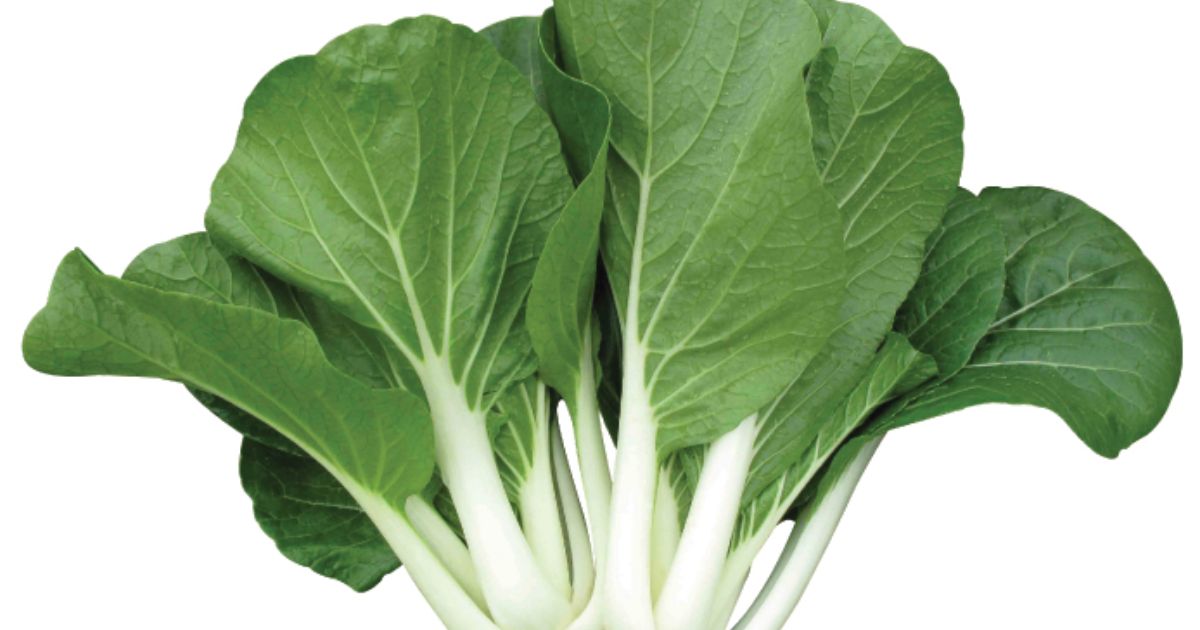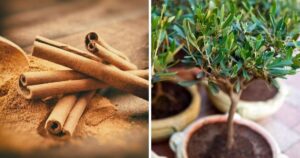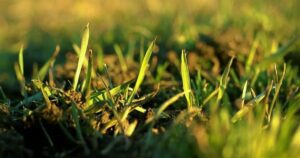Are you looking to add a nutrient-packed vegetable to your garden or farm? Look no further than pechay, also known as Chinese cabbage or bok choy. This leafy green vegetable is a staple in many Asian cuisines and offers a wealth of health benefits. In this comprehensive Pechay Production Guide, we’ll cover everything you need to know about growing this versatile crop, from seed to harvest.
What is Pechay?
Pechay (Brassica rapa var. chinensis) is a cool-season vegetable that belongs to the Brassicaceae family, which includes other cruciferous vegetables like cabbage, broccoli, and kale. It is characterized by its green or white crunchy stems and delicate, dark green leaves.
There are two main types of pechay:
- Green Pechay (Bok Choy): This variety has dark green leaves with crisp, white stems.
- White Pechay (Pak Choi or Chinese White Cabbage): As the name suggests, this type has light green leaves and thicker, crunchier white stems.
Pechay is a cool-weather crop that thrives in temperatures ranging from 15°C to 25°C (59°F to 77°F). It’s an excellent source of vitamins A, C, and K, as well as folate, calcium, and fiber, making it a nutritious addition to any diet.
Choosing the Right Variety
When it comes to pechay production, selecting the appropriate variety is crucial. Here are some popular choices for both commercial and home growers:
- Shanghai Green Pechay: A popular green pechay variety known for its tender leaves and crisp stems.
- Canton Dwarf Pak Choi: A compact white pechay variety ideal for containers and small gardens.
- Hybrid Pechay Varieties: Many seed companies offer hybrid varieties with improved disease resistance, uniformity, and yield.
Consider your climate, intended use (fresh market or processing), and growing conditions when choosing the best pechay variety for your needs.
Read this Post: How to Plant and Grow Mandevilla
Site Selection and Soil Preparation
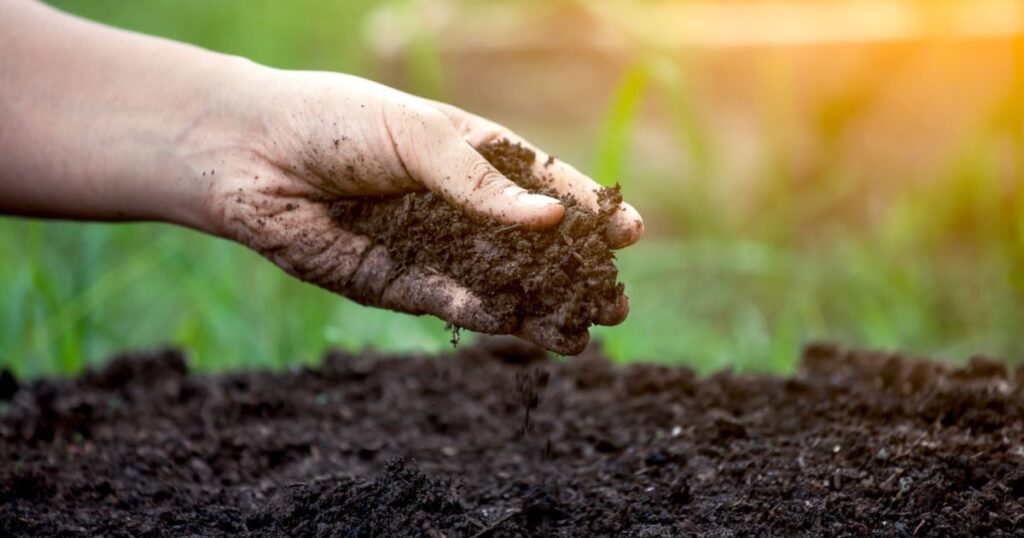
Pechay thrives in well-draining, nutrient-rich soil with a pH range of 6.0 to 7.5. Choose a sunny location that receives at least six hours of direct sunlight per day. If growing in containers or raised beds, ensure they are at least 8 inches deep to accommodate the root system.
Before planting, prepare the soil by incorporating well-rotted compost or aged manure to improve soil structure and fertility. Pechay is a heavy feeder, so consider adding a balanced organic fertilizer or slow-release fertilizer to provide essential nutrients throughout the growing season.
Planting and Spacing
Pechay can be grown from seeds or transplants. If starting from seeds, sow them directly in the garden or containers about 1/4 to 1/2 inch deep and 2 inches apart. For transplants, start seeds indoors 4-6 weeks before the last expected frost date.
When transplanting, space pechay plants 8 to 12 inches apart in rows spaced 12 to 18 inches apart. For a continuous harvest, consider succession planting every 2-3 weeks during the cooler months.
Watering and Fertilizing
Consistent moisture is essential for pechay production. Water the plants deeply, ensuring the soil stays moist but not waterlogged. Mulching around the plants can help conserve moisture and suppress weeds.
In addition to the initial fertilizer application, consider side-dressing the plants with a balanced organic fertilizer or compost tea every 4-6 weeks to replenish nutrients and encourage healthy growth.
Pest and Disease Management
Like other Brassica crops, pechay can be susceptible to various pests and diseases. Here are some common issues and their management strategies:
Pests
- Aphids: These small, sap-sucking insects can be controlled with insecticidal soaps or by introducing beneficial insects like ladybugs.
- Cabbage Loopers: These green caterpillars can quickly defoliate pechay plants. Use row covers or apply Bacillus thuringiensis (Bt) for organic control.
- Root Maggots: These pests attack the roots, causing stunted growth. Use floating row covers or apply nematodes as a biological control.
Diseases
- Clubroot: A soil-borne fungal disease that causes swollen, distorted roots. Practice crop rotation and avoid planting in infested soil.
- Black Rot: A bacterial disease that causes wilting and blackening of the veins. Remove and destroy affected plants, and practice crop rotation.
- Downy Mildew: A fungal disease that causes yellow patches on the leaves. Improve air circulation and apply fungicides if necessary.
- Regular monitoring and prompt action are key to successful pest and disease management in pechay production.
Harvesting and Storage
Pechay is ready for harvest when the stems are crisp and the leaves are fully developed, typically 30 to 60 days after planting, depending on the variety. For a continuous supply, harvest the outer leaves first, leaving the inner leaves and stem to continue growing.
To harvest the entire plant, cut the stem just above the soil line using a sharp knife or pruners. Immediately place the harvested pechay in a cool, shaded area or refrigerator to maintain freshness and crispness.
Fresh pechay can be stored in the refrigerator for up to a week, wrapped in damp paper towels or placed in a perforated plastic bag. For longer storage, consider blanching and freezing the leaves and stems.
Nutritional Benefits and Culinary Uses
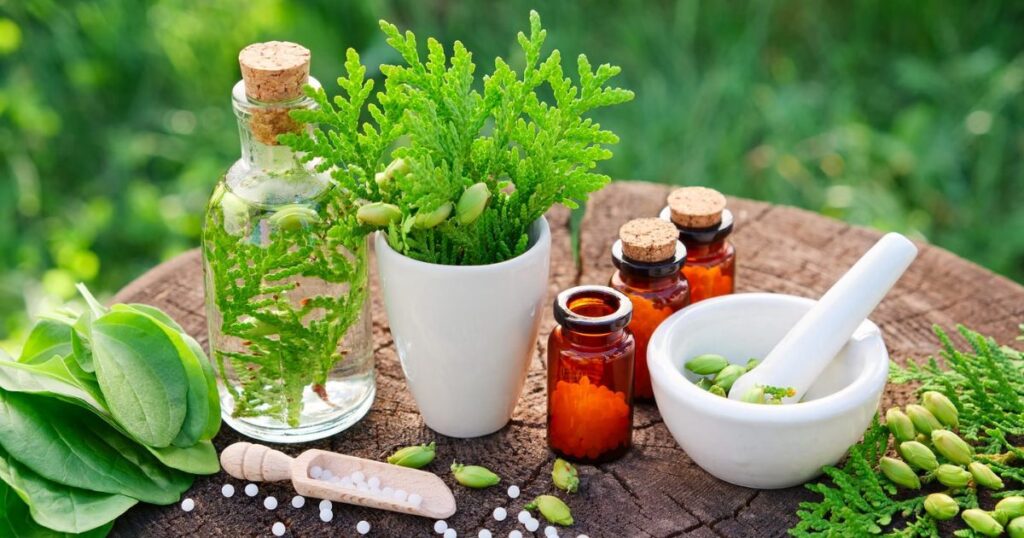
Pechay is a nutritional powerhouse, packed with essential vitamins, minerals, and antioxidants. Here are some of its key benefits:
- Rich in Vitamins A, C, and K, which support eye health, immune function, and bone strength.
- Good source of folate, essential for DNA synthesis and cell growth.
- Contains glucosinolates, compounds that may have cancer-preventive properties.
- Low in calories but high in fiber, making it a weight-friendly vegetable.
In the kitchen, pechay is incredibly versatile. The crunchy stems and tender leaves can be enjoyed raw in salads or stir-fried, sautéed, or added to soups and stews. It’s a staple ingredient in many Asian dishes, such as stir-fries, dumplings, and hot pots.
Conclusion
Growing pechay is a rewarding endeavor for both commercial growers and home gardeners alike. With its versatility, nutrient density, and ease of cultivation, this leafy green vegetable is a fantastic addition to any garden or farm. By following the guidelines in this Pechay Production Guide, you’ll be well on your way to enjoying a bountiful harvest of this delicious and nutritious crop.
